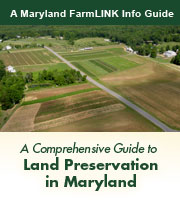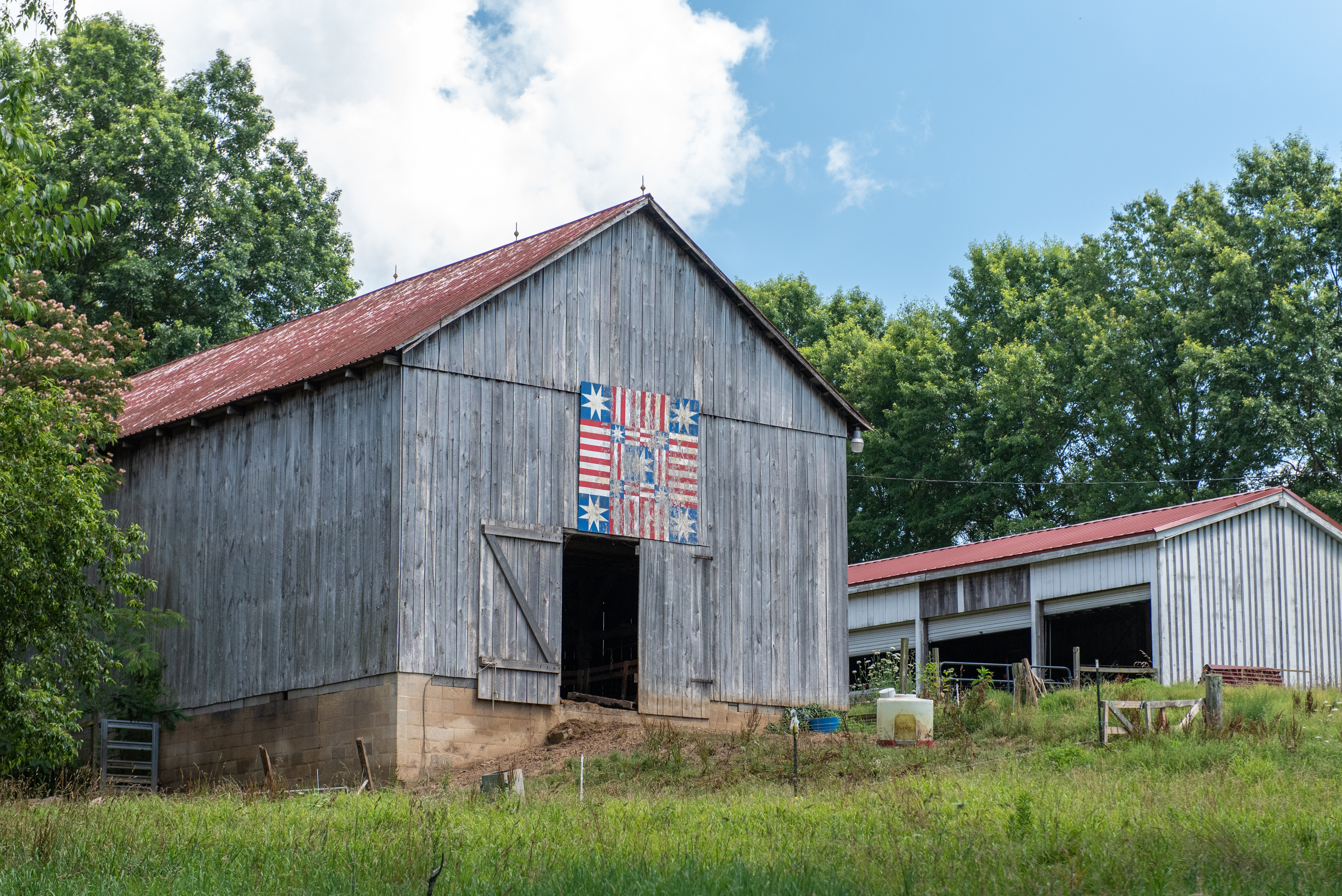Agricultural Land Preservation
For agriculture in Southern Maryland, distance to urban areas presents both an opportunity and a threat. The opportunity is proximity to the 4th largest metropolitan area in the country, with the highest median income and a food budget of $26 Billion. The locally-sourced food movement is a benefit to the region’s farmers and farm transportation costs are lower than food that is transported from outside the region. In many cases, farmers need only take their products to the nearest farmers market.
Distance to urban areas also presents a threat to agriculture in Southern Maryland. The closer that land is to urban areas, the greater its value. Maryland has the fifth highest population density in the country. Farmland is worth three times the national average, making it more difficult for new farmers to purchase and more appealing for speculators who want to convert it to other uses.
To retain Southern Maryland’s agricultural industry and culture, the members of the farming community solicited funding from the state as a part of the Tobacco Buyout Program in 1999 and SMADC has been fortunate to receive land preservation funding from the state for most of the years since 2000. Land preservation programs allow farmers to retain the equity in their land while preserving the economic potential of the land and farm employment opportunities for future generations.
How Much Land Preserved?
The original goal was to preserve 35,000 acres of land. Since the formation of SMADC, Southern Maryland counties have used SMADC funds to preserve more than 17,000 acres in eighteen years. These funds have allowed counties to leverage them with other programs and stretch their preservation efforts, resulting in over 22,000 additional acres being preserved. The agricultural land preserved also includes provisions for maintaining forests and wetlands. This is a remarkable achievement considering the pressures (and financial incentives) for farmers to sell quality farmland for development and the ever-increasing cost of farmland.
Making Land Preservation a Priority
Throughout the years, SMADC hears that land preservation is a primary concern. Overwhelmingly, there is expressed need for more options to help preserve the rural quality of Southern Maryland; to have financing and options for land preservation more accessible and the need for more preservation programs with less bureaucracy and red tape.
SMADC formed a partnership with the Maryland Agricultural and Resource-Based Industry Development Corp. (MARBIDCO) designed to incentivize loan requests from Southern Maryland farmers and to help them meet certain down-payment (equity) requirements, to help improve the credit quality of their applications. Each established MARBIDCO program has its own eligibility criteria and application/approval process. Southern Maryland applicants simply follow the regular application process and meet the rigors of MARBIDCO’s underwriting criteria for each loan program. You can learn more about these opportunities here.
The Maryland FarmLINK program and website were established to help farmers locate farmland for lease and purchase through the ‘Property Exchange’ that provides a two-fold service approach: helping land owners keep their farmland in production and helping farmers (many young and beginning farmers) find farmland for sale or lease.
SMADC will continue to support programs that preserves land in Southern Maryland to ensure viability of Southern Maryland agriculture in the future.

Land Preservation Tutorial
This article explores the various tools and programs available in Maryland for land preservation, including land for sale or lease.

Impact of Land Preservation on Southern Maryland
Beginning in 2002, SMADC began to administer funds to each county to be used towards land preservation programs. Tobacco farmers who enrolled in the buyout and were in good standing, qualified for a ten percent increase in easement valuation for county and state preservation programs.
The report concludes that while there have been many accomplishments, there are still many more opportunities available to preserve farmland in Southern Maryland and continue to enhance the region’s economic viability.
